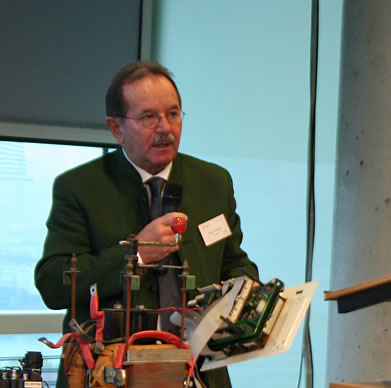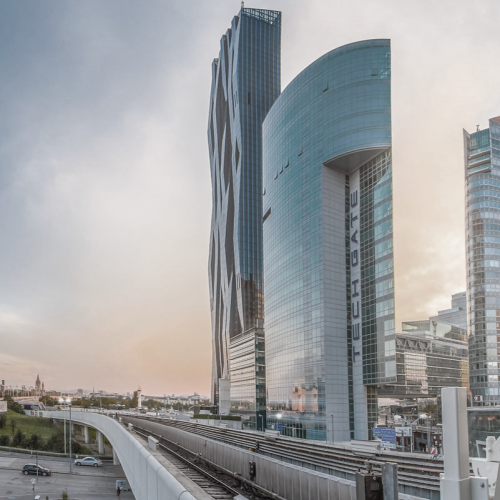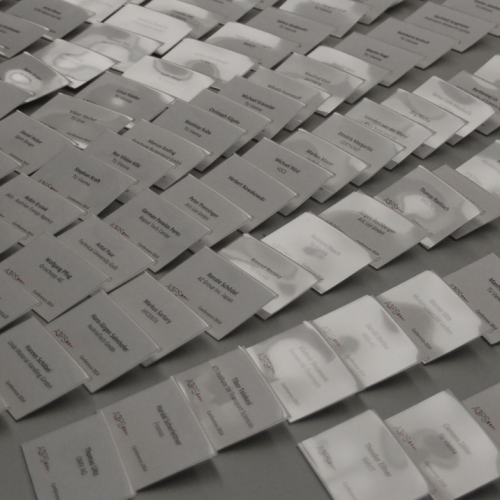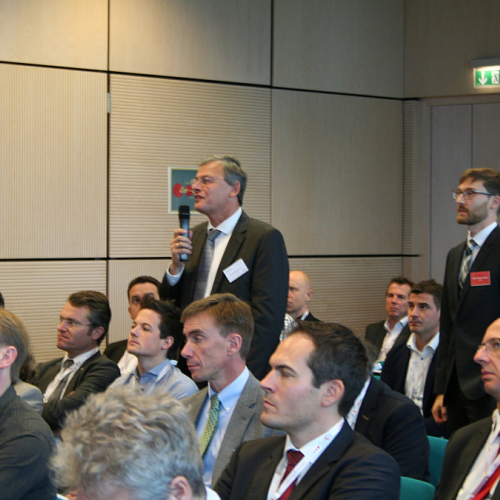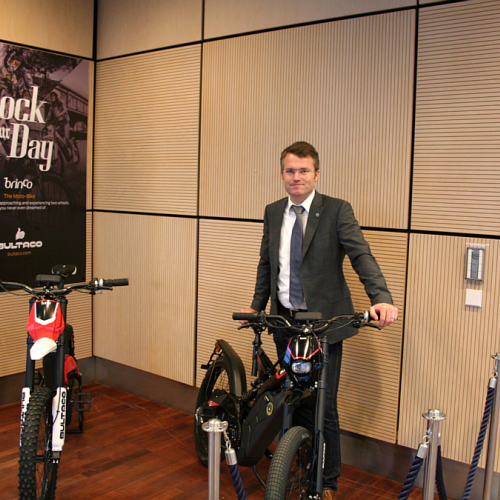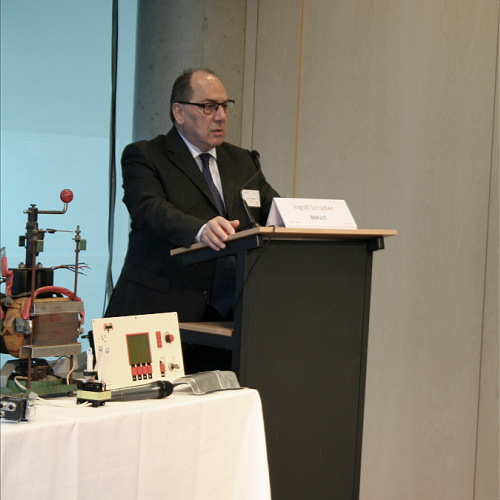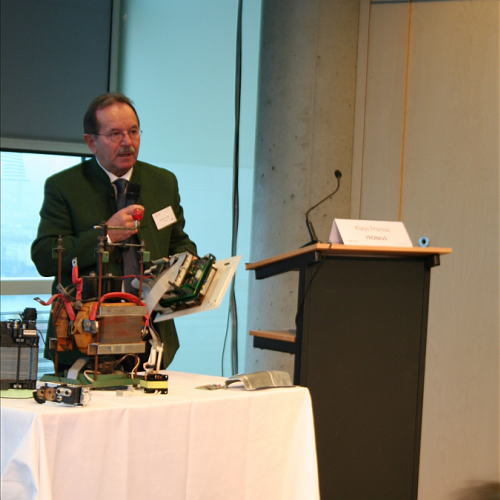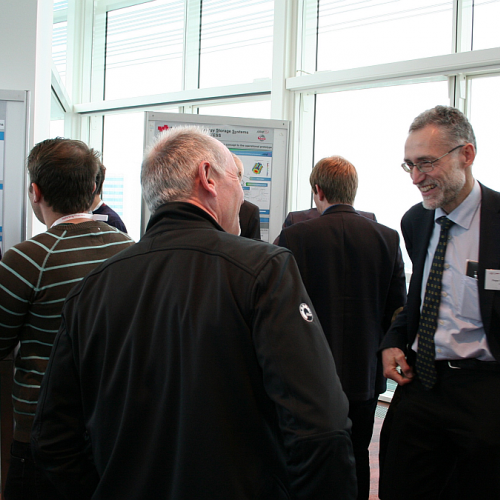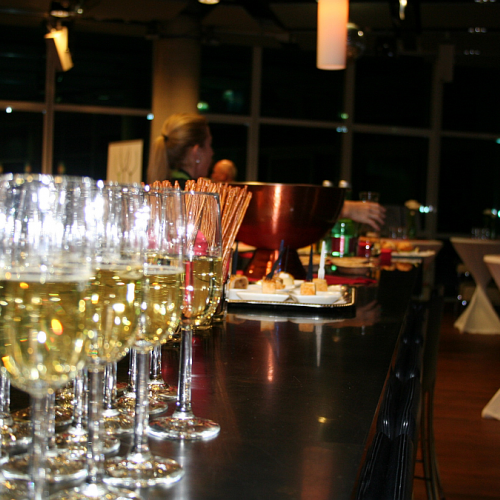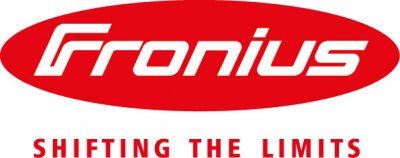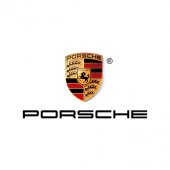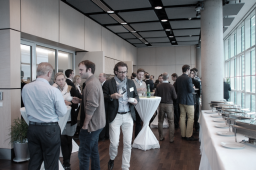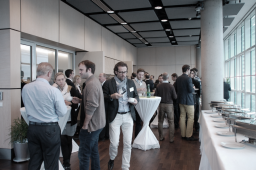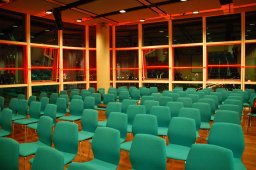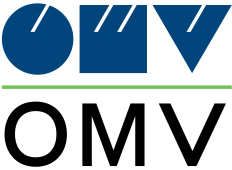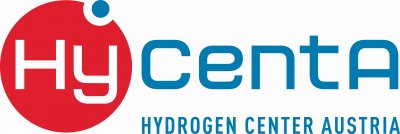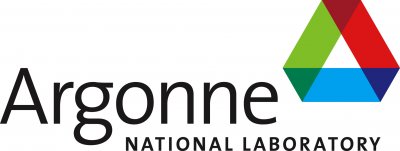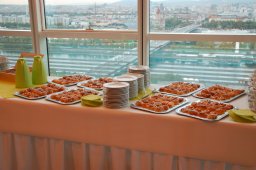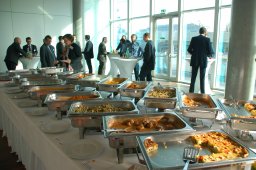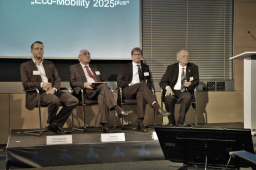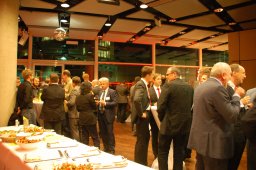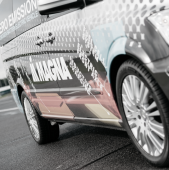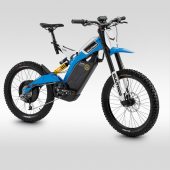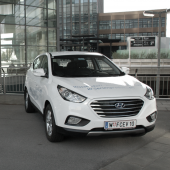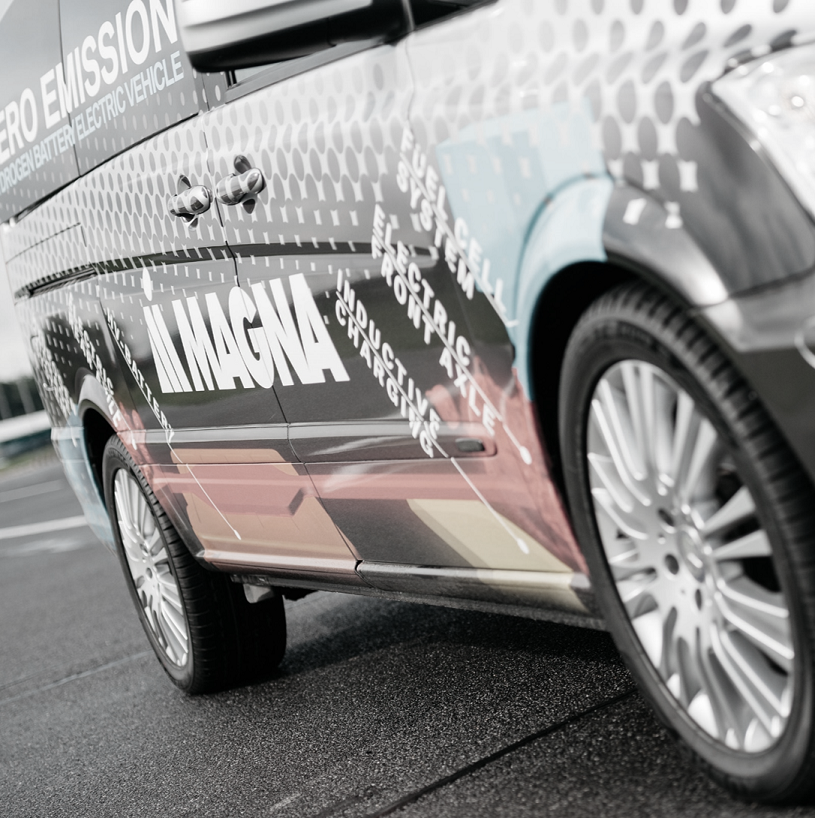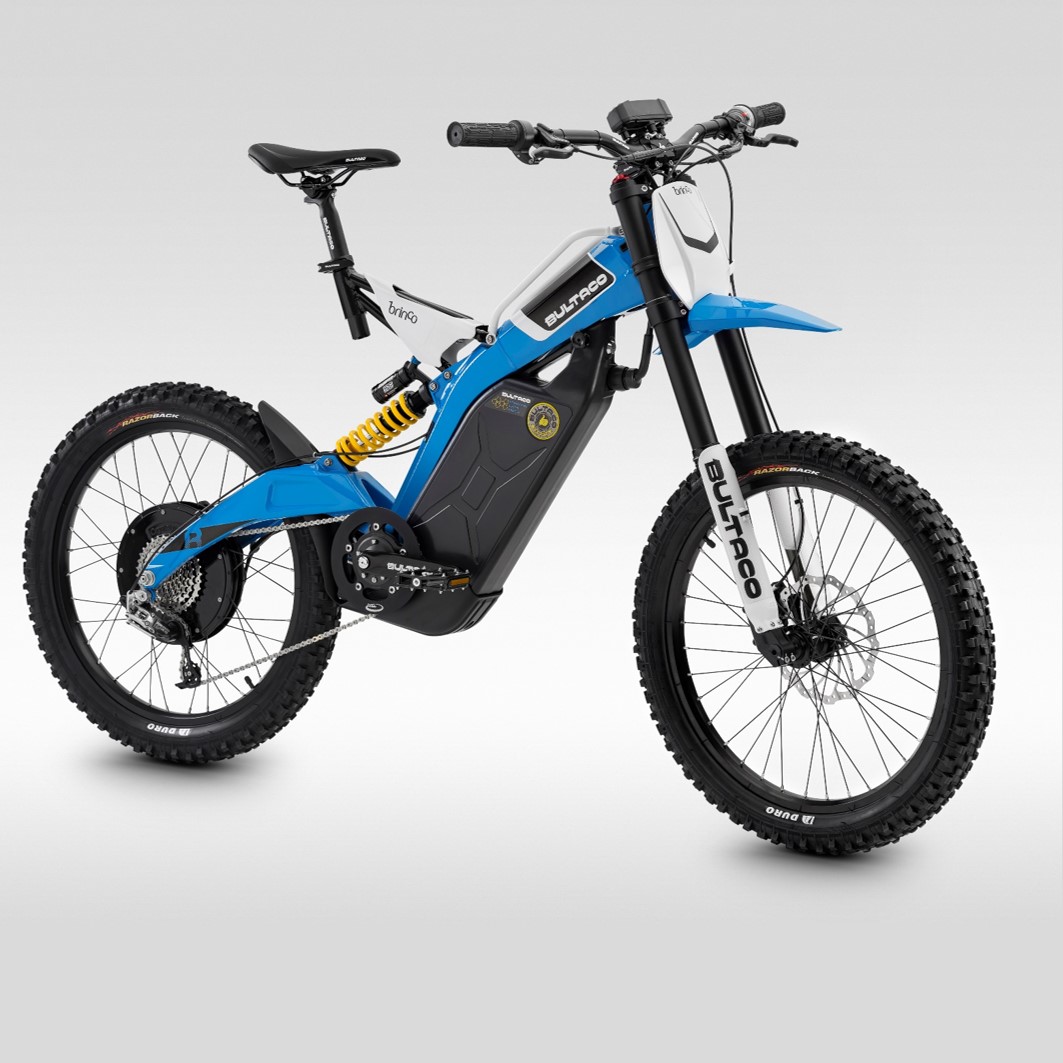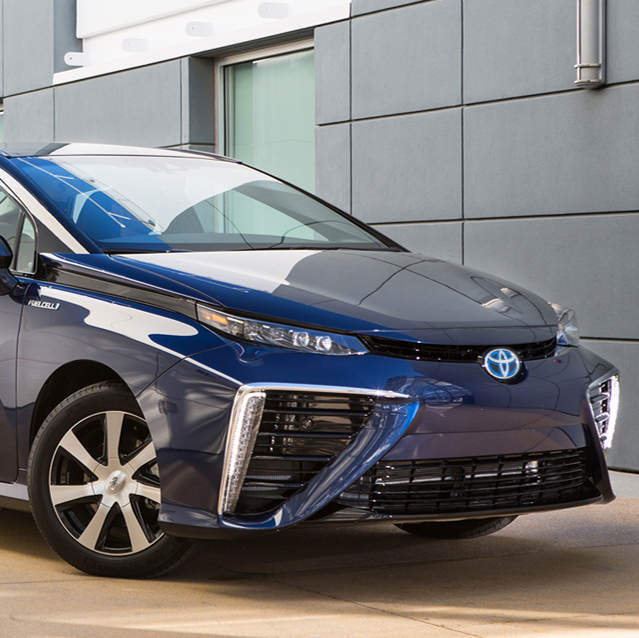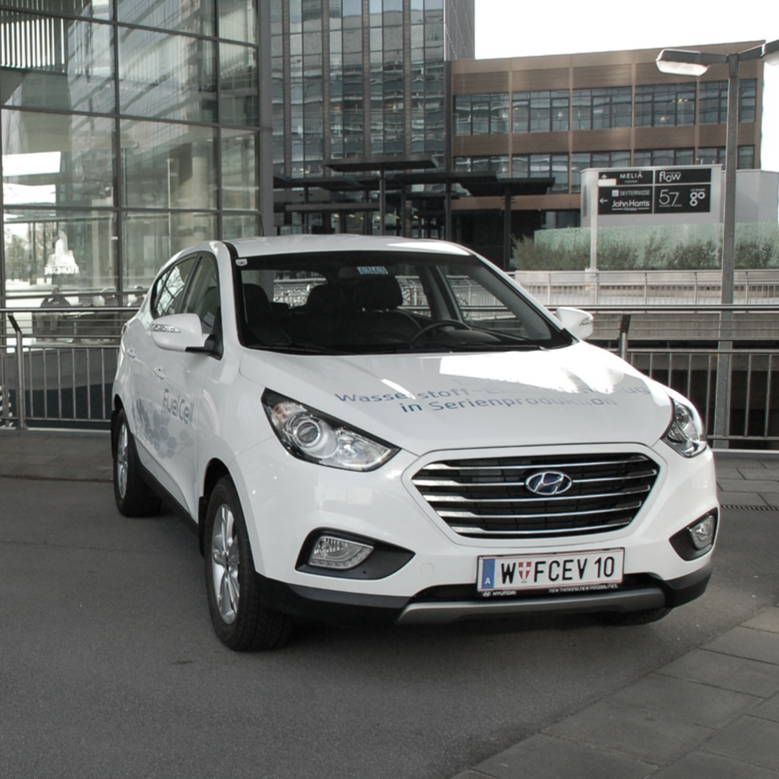11th A3PS Conference
October 17th and 18th, 2016 at Tech Gate Vienna
This was Eco-Mobility 2016 under the Motto “Feasible Propulsion and Vehicle Technologies versus Political Visions”.
In the opening, Mag. Schädler from bmvit congratulated A3PS for the successful 10 years of A3PS. He acknowledged A3PS being more valuable than ever before since the next 10 years might be even more challenging than the past 10 years had been. The ministry is willing to support A3PS in the future but also demands solutions for the society!
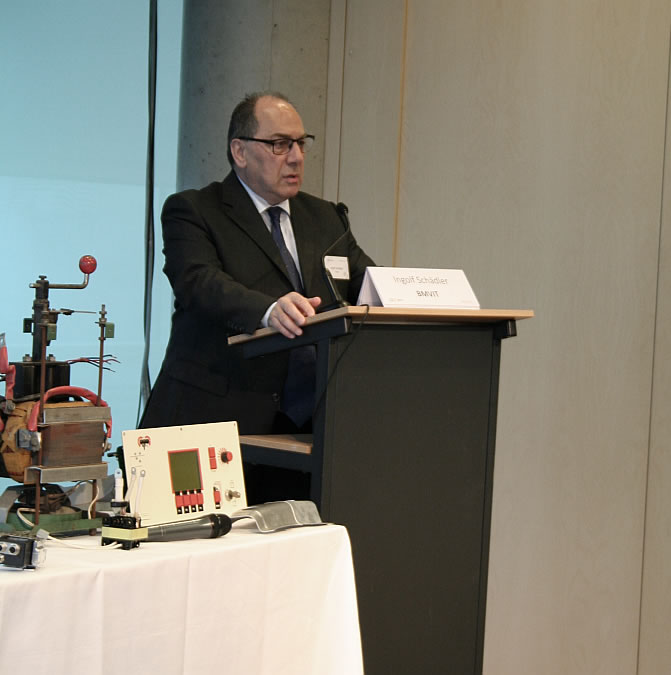
In a special speech, Klaus Fronius demonstrated on the examples of a welding transformer and a control unit how impressive changes in technologies took place over the last decades.
He narrated about the “journey to the moon” he took together with few researches and how they developed “from a blank sheet of paper” towards a brilliant concept about hydrogen.
As a founding member of A3PS, he told the audience that he believes in A3PS as a well-organized partnership which offers support “because you cannot do all by yourself”. He approached the audience with the idea to warn and prepare our supply industry about the upcoming changes in a common effort.
A3PS will take this challenge!
